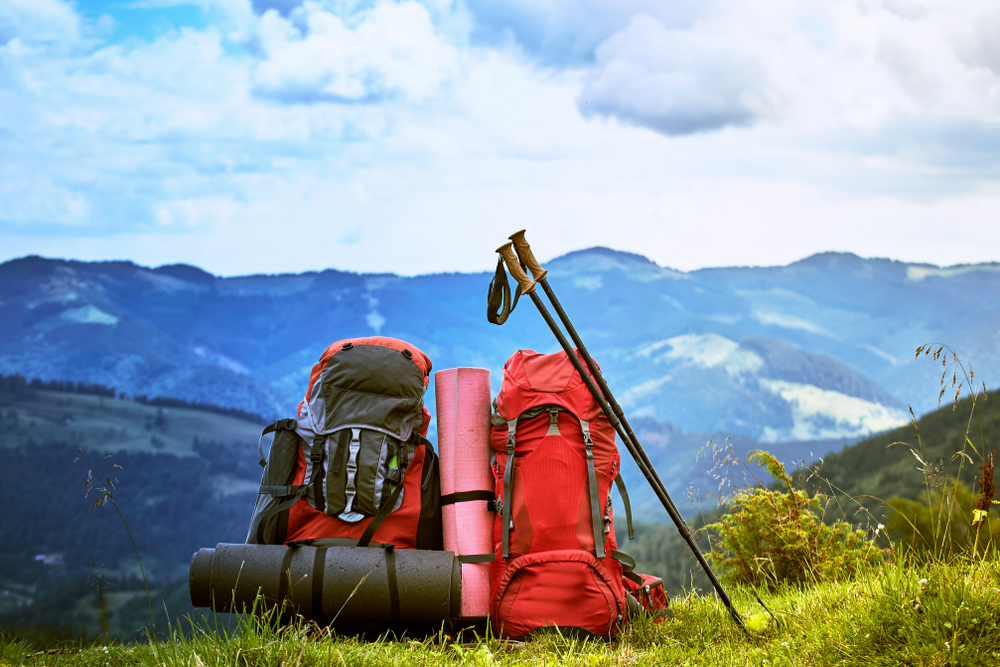Hiking Equipment
Hiking is a popular outdoor activity that offers numerous health benefits and opportunities to connect with nature. Whether you are a seasoned hiker or a novice, learning the right equipment to carry, how to prepare for a hike, and what not to take on a hike is fundamental for a successful and enjoyable experience. This article aims to provide comprehensive insights into these areas, enabling you to make the most out of your hiking trips. 
What Equipment Is Necessary for Hiking?
The type of equipment necessary for a hike largely depends on the duration, weather, and terrain of your hiking trail. However, some items are universally essential for all hikes.
-
Navigation Tools: This includes maps, compasses, and GPS devices which are vital to prevent getting lost.
-
First Aid Kit: This should include bandages, antiseptic wipes, tweezers, and any personal medication.
-
Water and Food: Carry enough water for your journey and high-energy snacks or meals.
-
Multi-tool or Knife: Useful for a variety of situations such as food preparation and first aid.
-
Clothing and Footwear: Wear layered clothing to adjust to changing weather conditions and sturdy, comfortable hiking boots.
-
Headlamp or Flashlight: Necessary in case you get caught out after dark.
-
Emergency Shelter: A lightweight tent, tarp, or bivvy is important for overnight or multi-day hikes.
-
Sun Protection: This includes sunglasses, sun-protective clothes, and sunscreen.
-
Fire Starter: Matches or a lighter can be life-saving in case of an emergency.
-
Backpack: A comfortable, sturdy backpack to carry all your hiking gear.
How Do I Prepare for a Hike?
-
Research your Trail: Gather as much information about the trail as possible. Understand the difficulty level, distance, altitude, and terrain.
-
Check the Weather: Always check the weather forecast before you depart.
-
Physical Preparation: Ensure you are in good physical condition to undertake the hike. Start with easy trails and gradually move to more challenging ones.
-
Inform Others: Let someone know about your hiking plans, including the trail, departure, and return time.
-
Pack Wisely: Based on your research, pack the necessary equipment, food, and water.
-
Dress Appropriately: Dress in layers and wear comfortable hiking shoes.
-
Plan your Route: Know where you will start and finish your hike, including any rest stops.
What Not To Take on a Hike
While it’s important to be well-prepared, overpacking can lead to carrying unnecessary weight, which can make your hike more difficult. Here are some items that you should generally leave at home:
-
Unnecessary Electronics: Apart from necessary devices like a GPS or a mobile phone for emergencies, leave other electronics like laptops at home.
-
Excessive Clothing: Pack clothes based on the weather, but avoid packing for every possible scenario.
-
Heavy Food Items: Opt for lightweight, high-energy food items instead of heavy, perishable ones.
-
Jewelry and Valuables: There’s a risk of losing them, and they add extra weight.
-
Alcohol: It can lead to dehydration and impair judgment, both of which can be dangerous during a hike.
Hiking is a rewarding activity that offers a chance to explore and appreciate the great outdoors. However, it requires careful planning and preparation to ensure safety and enjoyment. By understanding the necessary equipment, preparing adequately, and knowing what not to bring, you can set yourself up for a successful hike. Always remember that the key to a successful hike lies in the balance between being well-prepared and carrying only what's necessary. Happy hiking!











